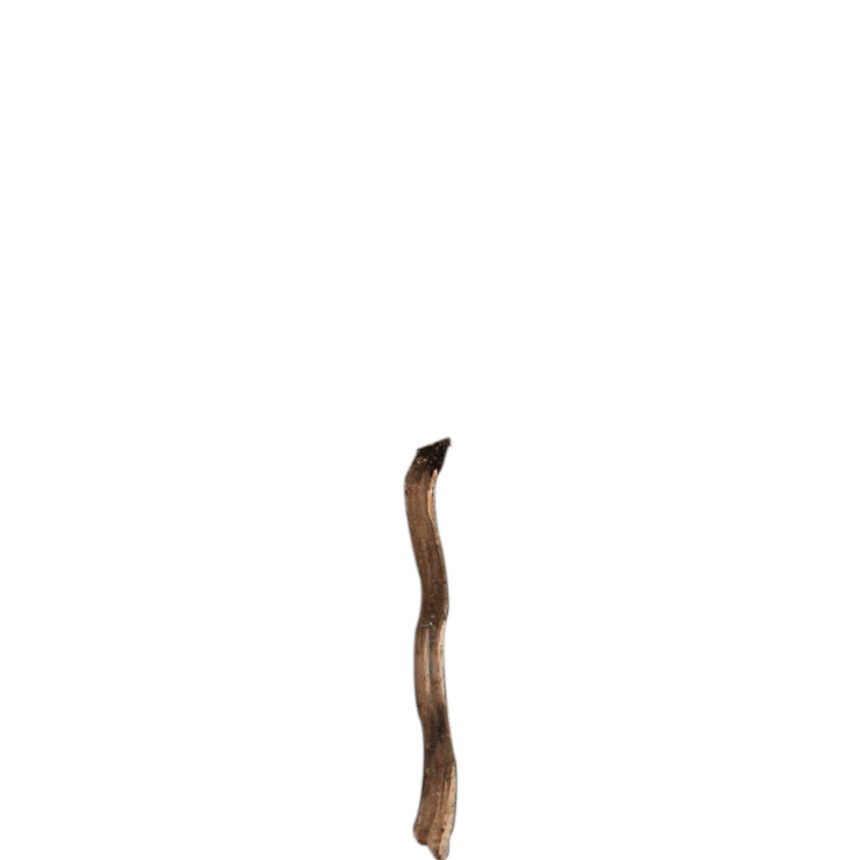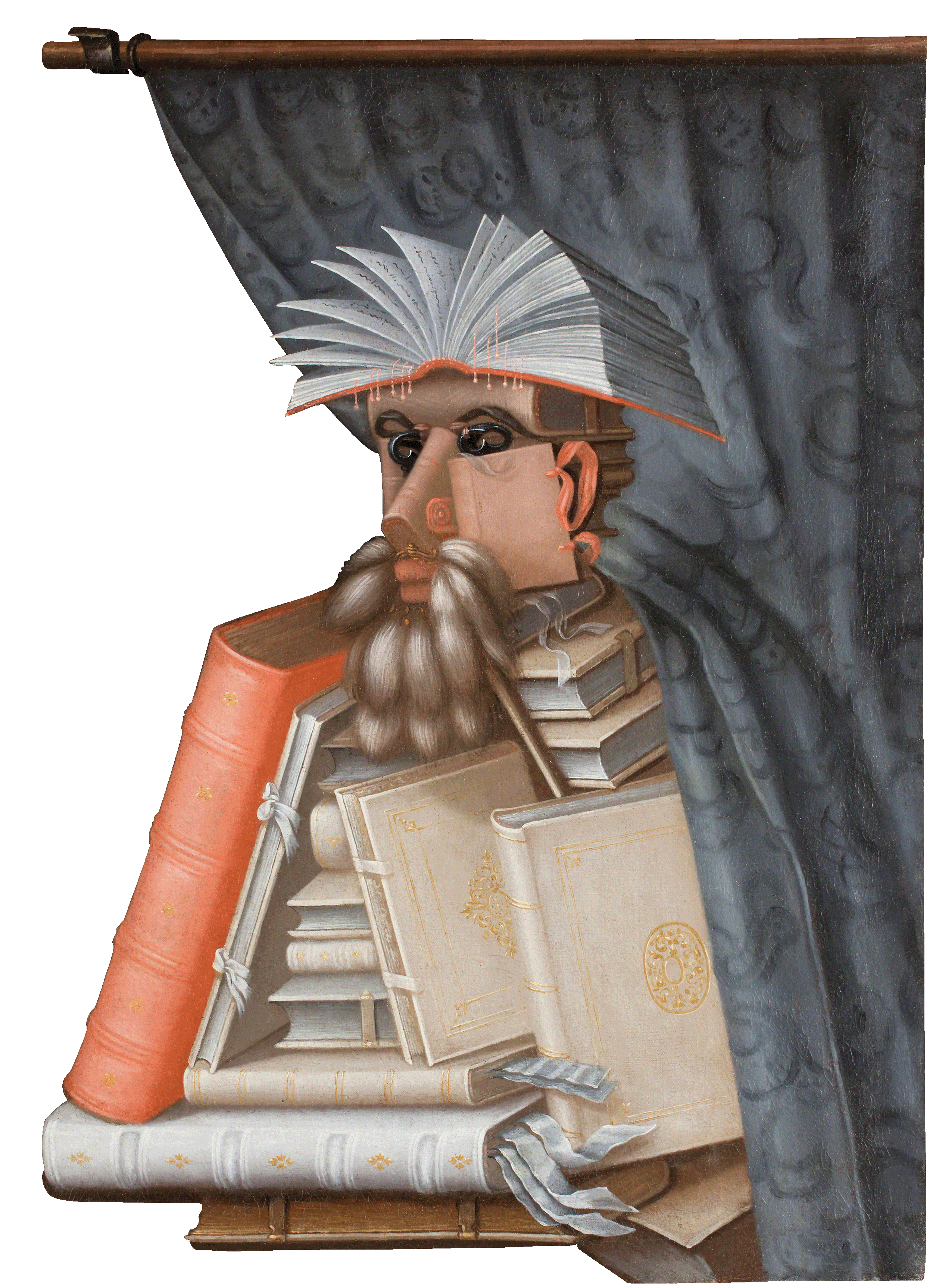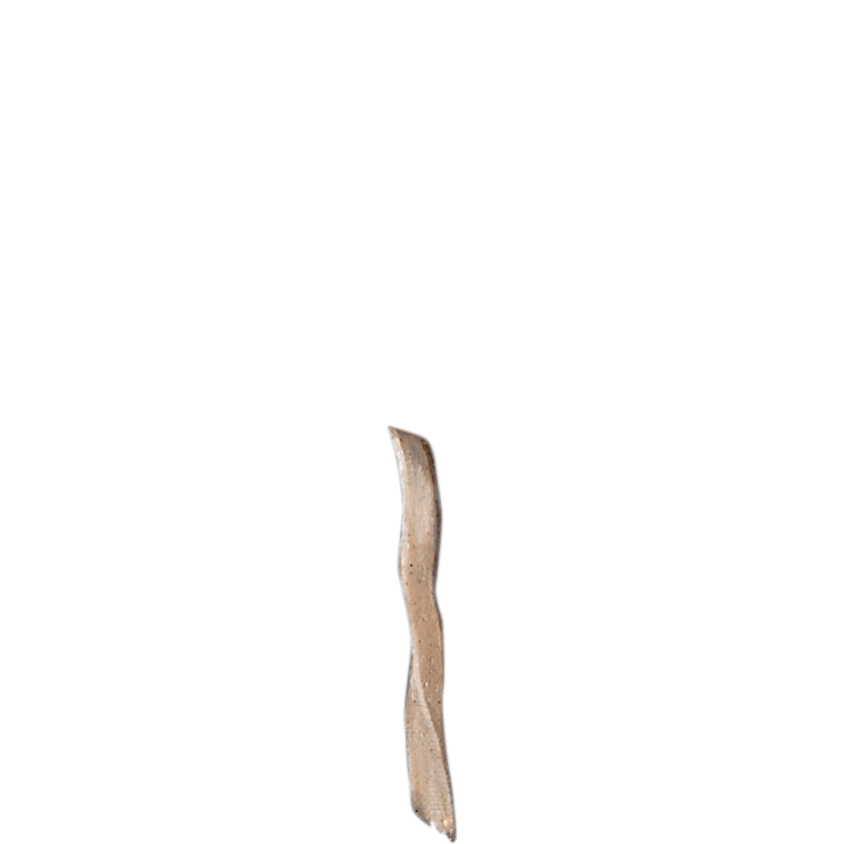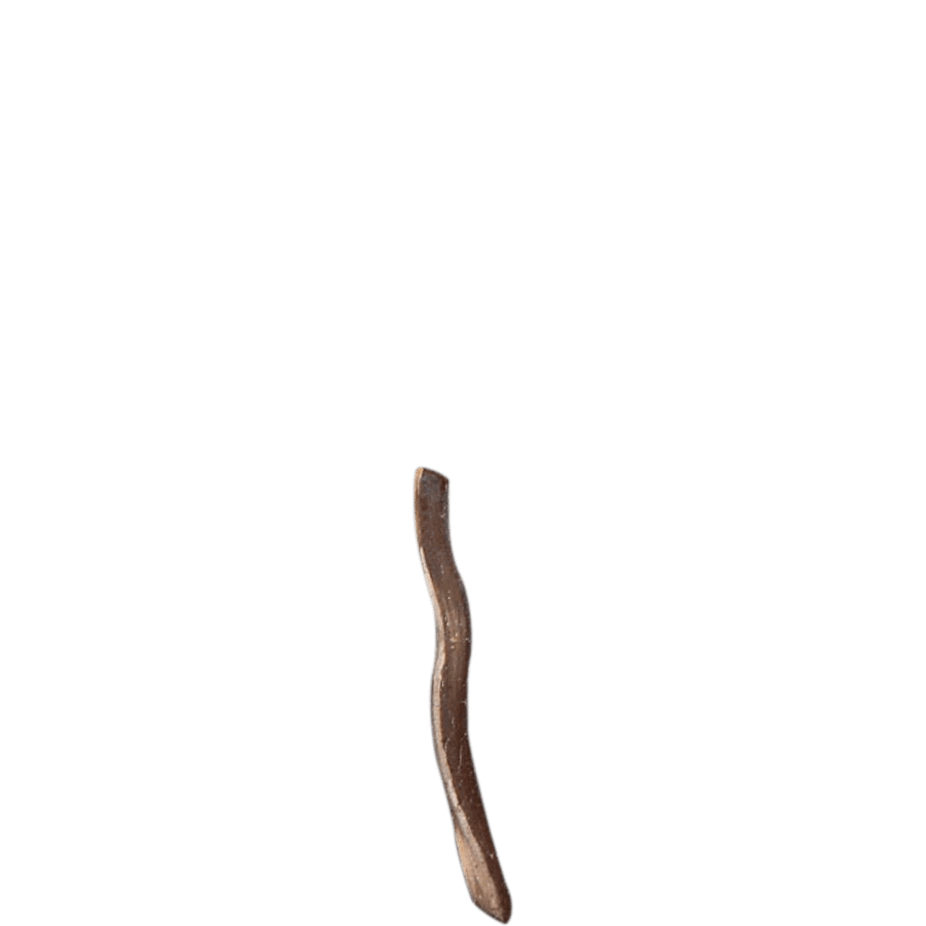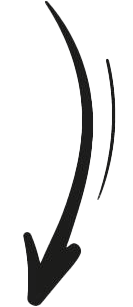Jamnitzer’s Compass
The Early Modern Art of Making Scientific Instruments | Personal Web Site of an Art Historian
Cookie Settings
Cookies required for the correct operation of the website are always enabled. Other cookies can be customised.
Those who are enamoured of practice without science are like a pilot who goes into a ship without rudder or compass and never has any certainty where he is going. Practice should always be based upon a sound knowledge of theory…
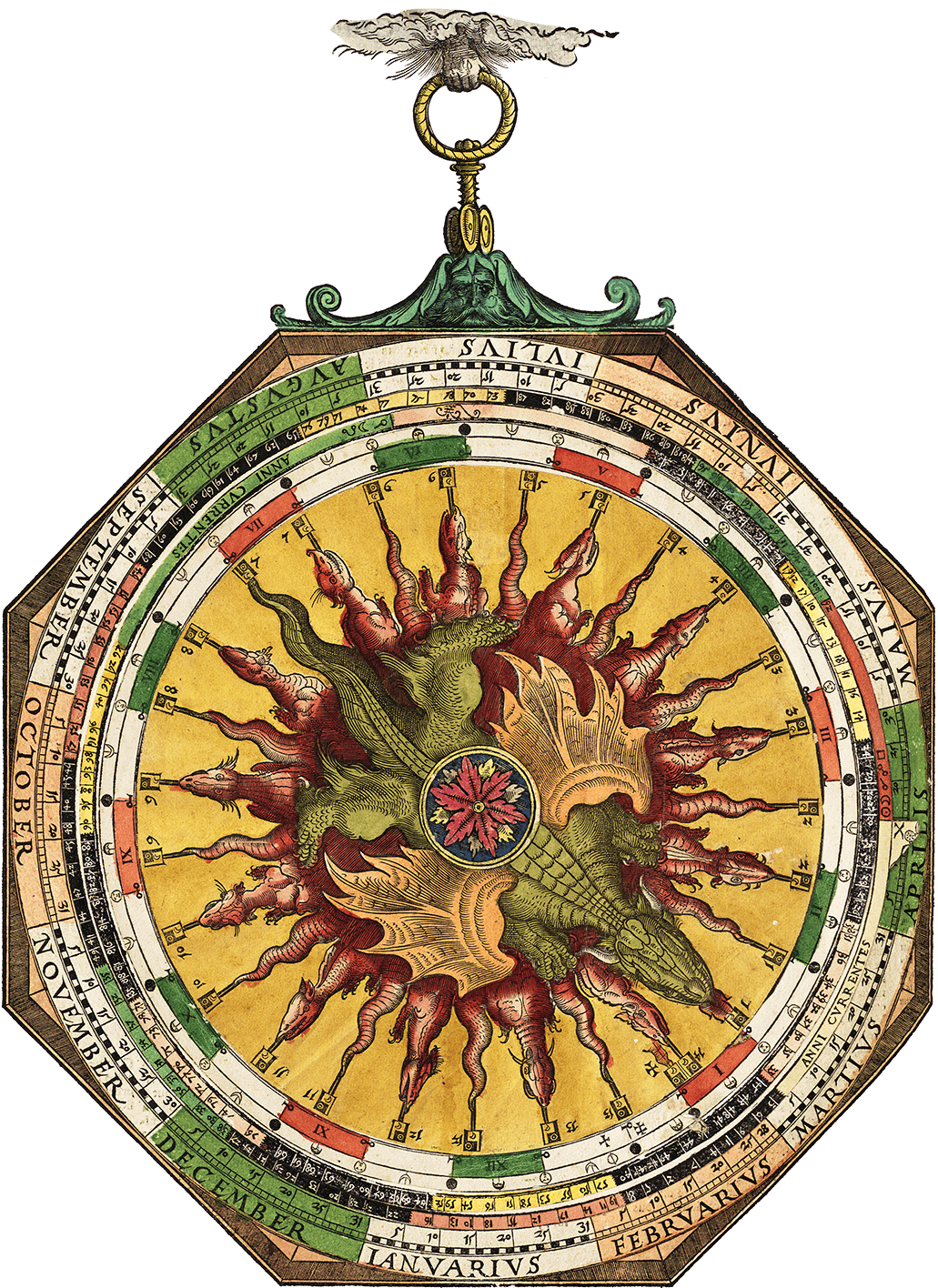
Leonardo Da Vinci. Of Perspective. 30. G. 8 r.
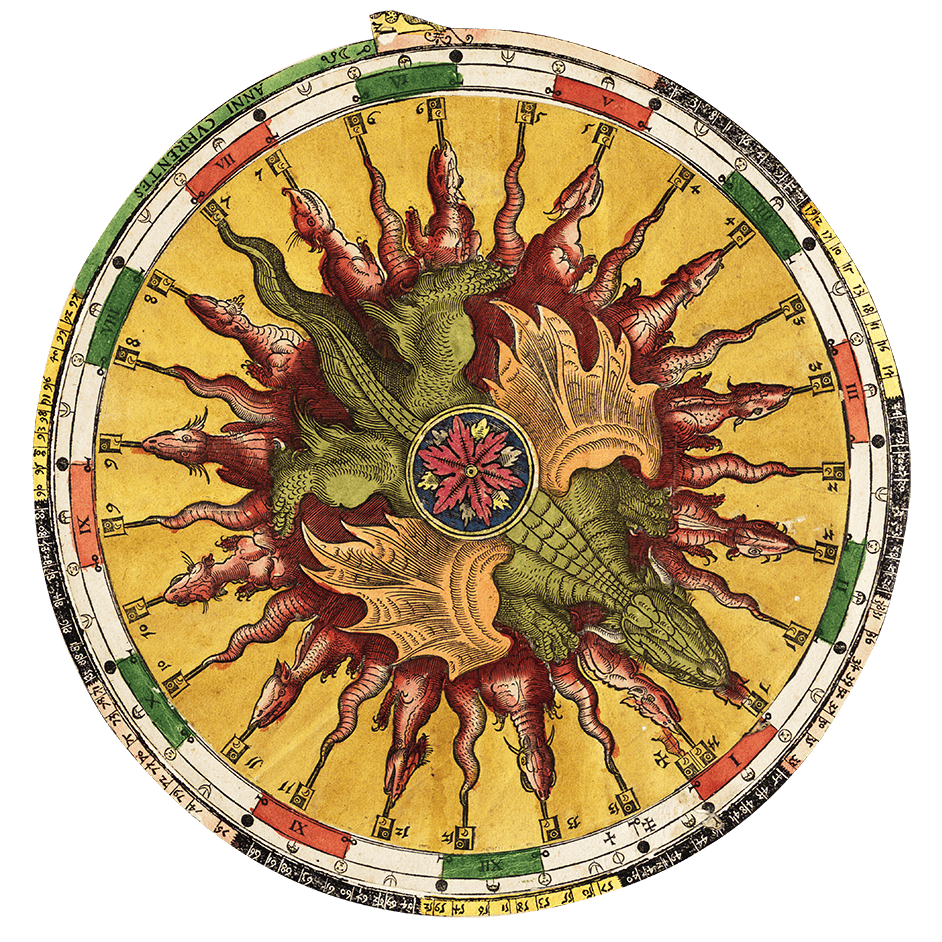
The volvelle is from Astronomicum Caesareum.
Apian, Petrus. Astronomicum Caesareum. Ingolstadii : [Apian, Peter], 1540. Fol. G IIIv.
Apian, Petrus. Astronomicum Caesareum. Ingolstadii : [Apian, Peter], 1540. Fol. G IIIv.

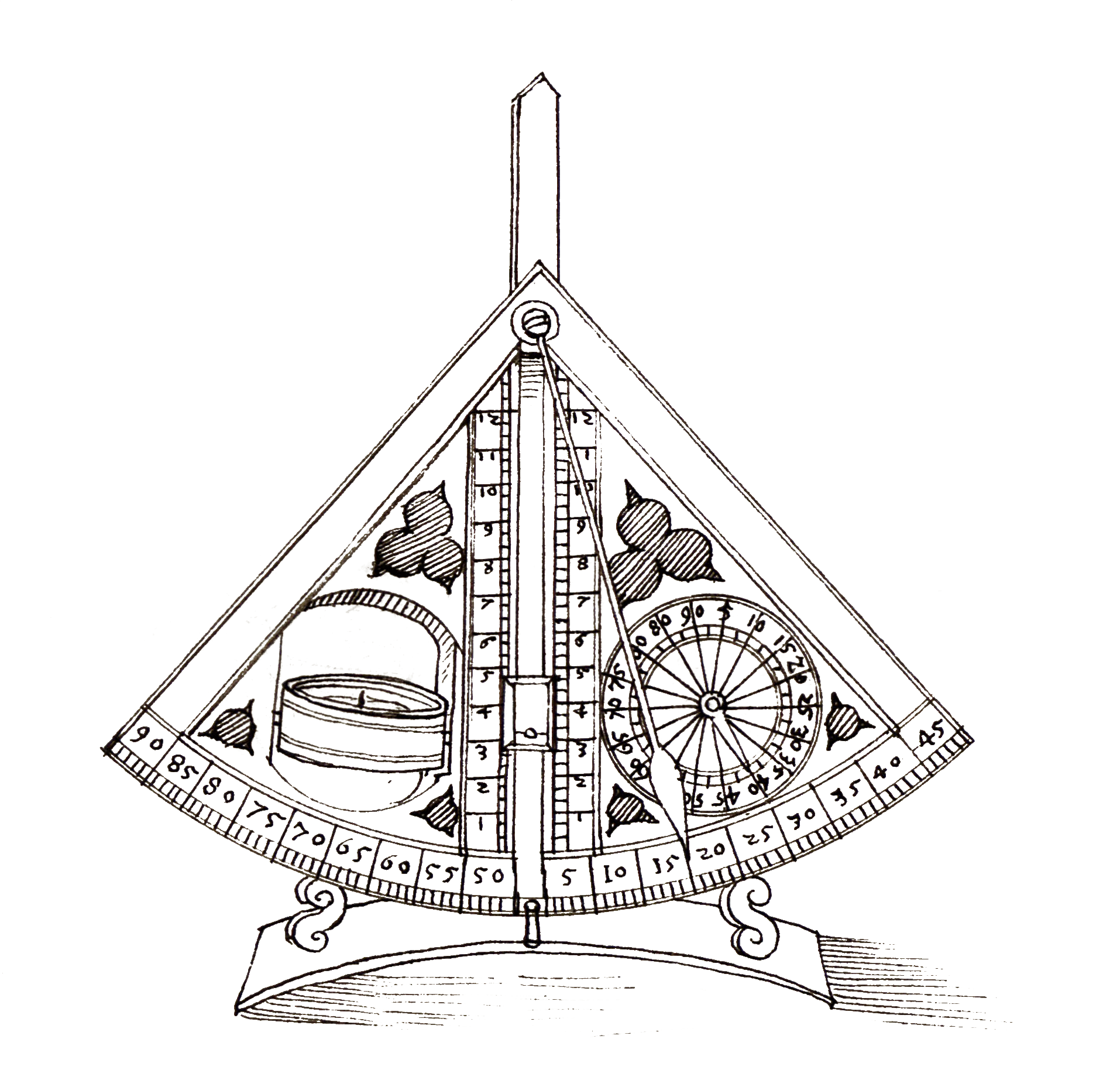

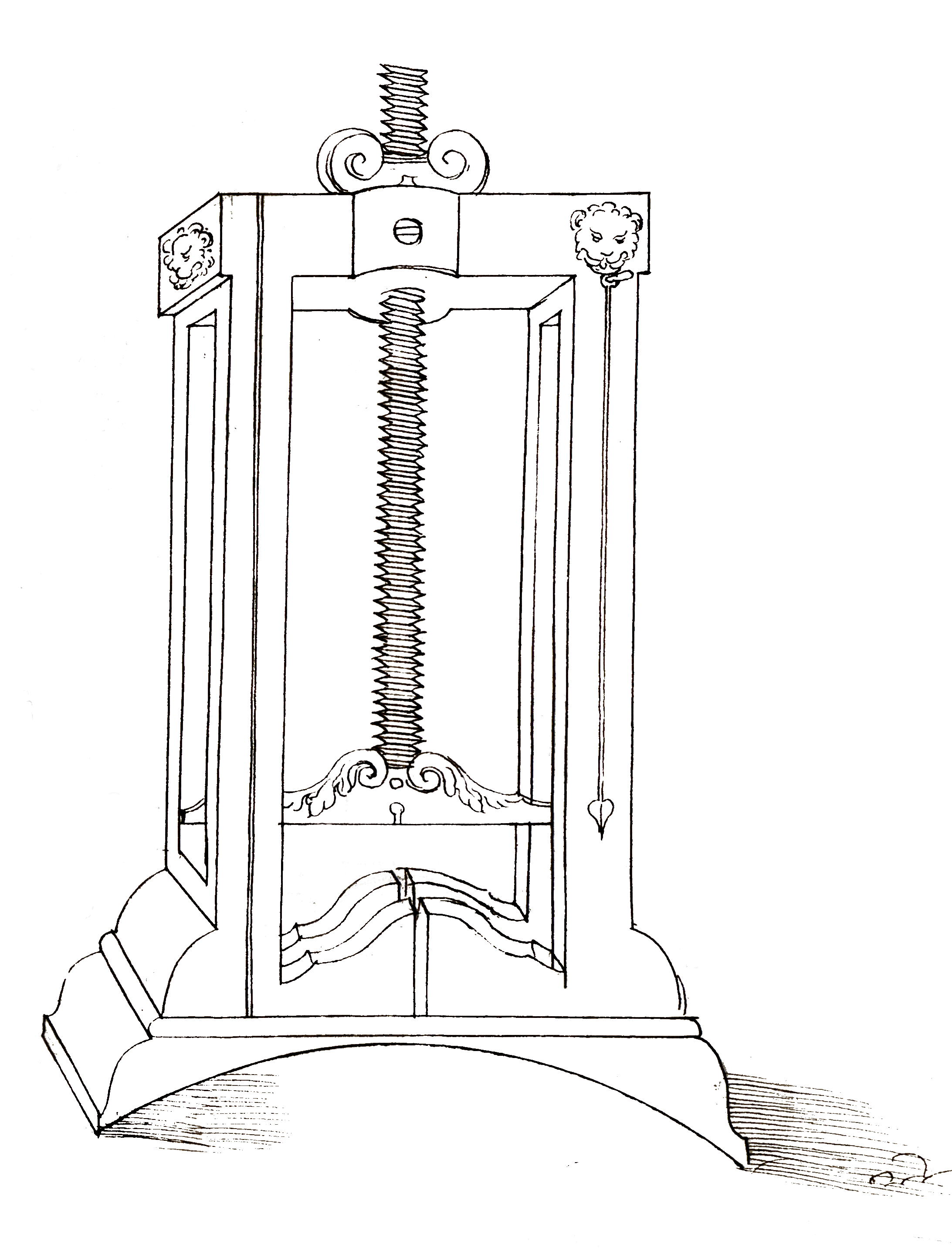
I speak at conferences and publish articles, but I would like to discuss scientific instruments more often and in more profound ways. I also intend to share my interests as an art historian and as a master of mechanics.
the Western European art of making scientific instruments
As an art historian, I study
especially mathematical instruments for artillery, in the sixteenth and seventeenth centuries. For I am convinced that the Early Modern scientific instruments are a magnificent embodiment of the "universality" of that era. An era in which art and science were deeply intertwined, complementing and nourishing each other.
especially mathematical instruments for artillery, in the sixteenth and seventeenth centuries. For I am convinced that the Early Modern scientific instruments are a magnificent embodiment of the "universality" of that era. An era in which art and science were deeply intertwined, complementing and nourishing each other.
A little bit about who I am
and what this web site is all about
My name is Olga Neuymina. I am currently writing my doctoral thesis at the Ilya Repin Academy of Fine Arts in St Petersburg.
I happen to have a Master's degree in Mechanics and a Bachelor's degree in Art History. Both have influenced what I do now.
I happen to have a Master's degree in Mechanics and a Bachelor's degree in Art History. Both have influenced what I do now.




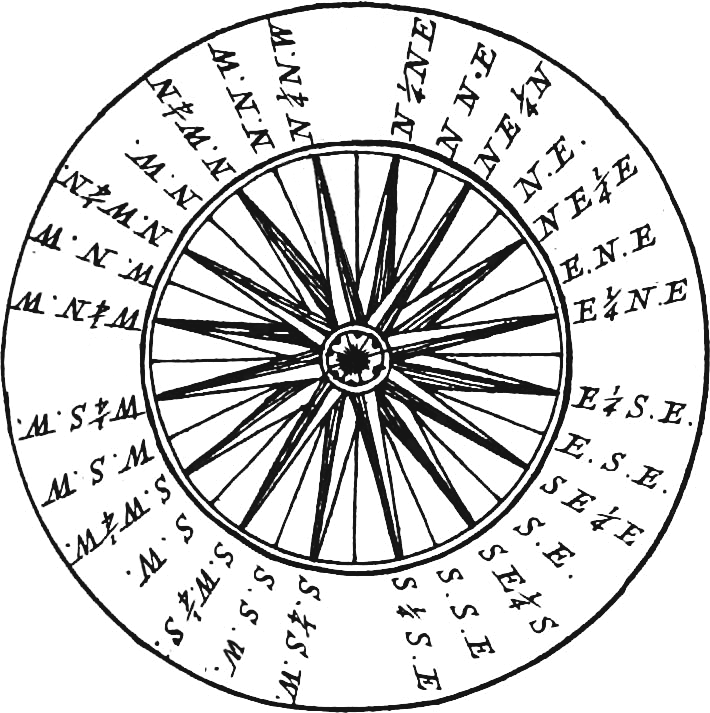

The Researcher's Compass
and its Directions
E
W
S
N
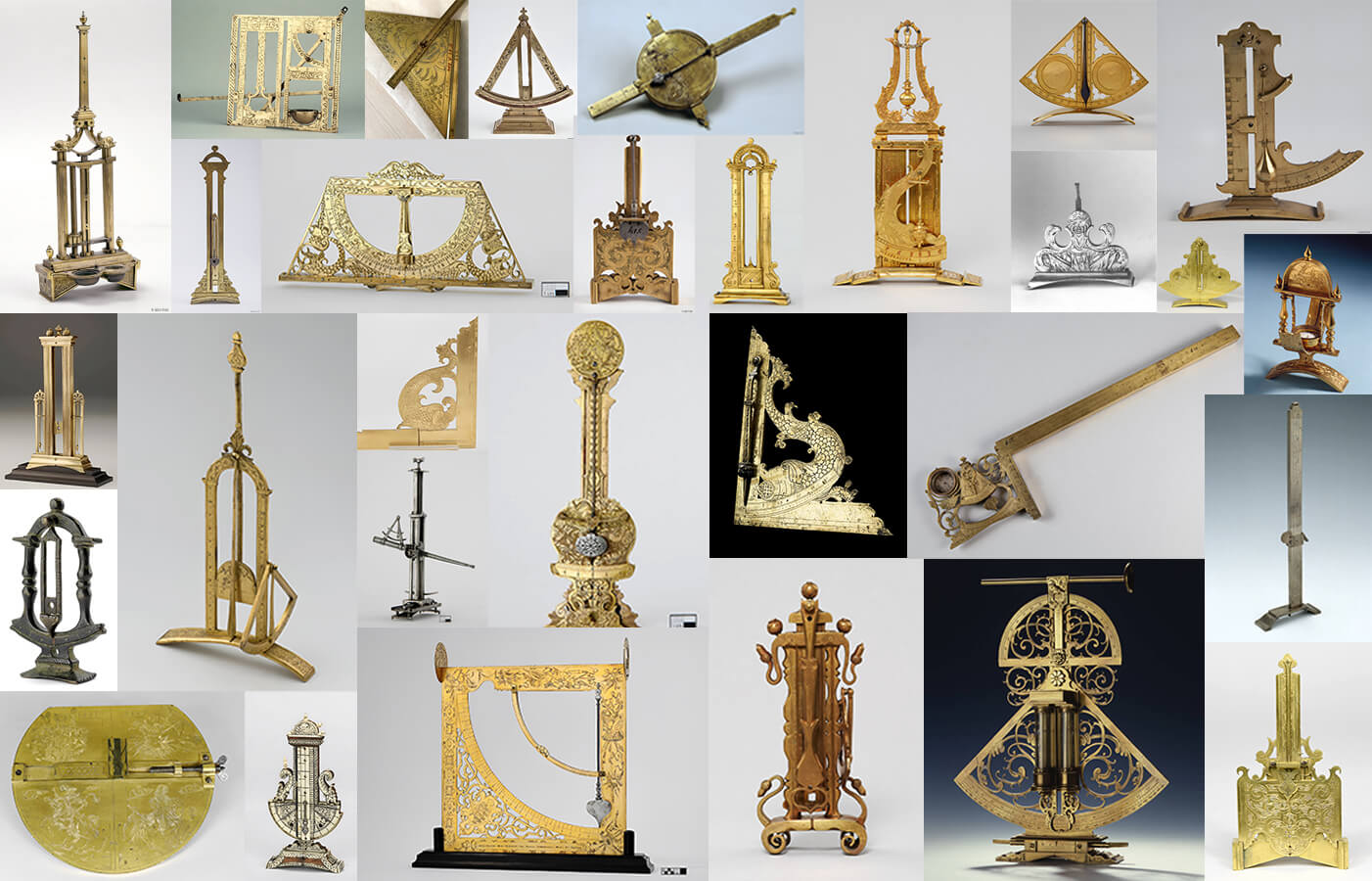
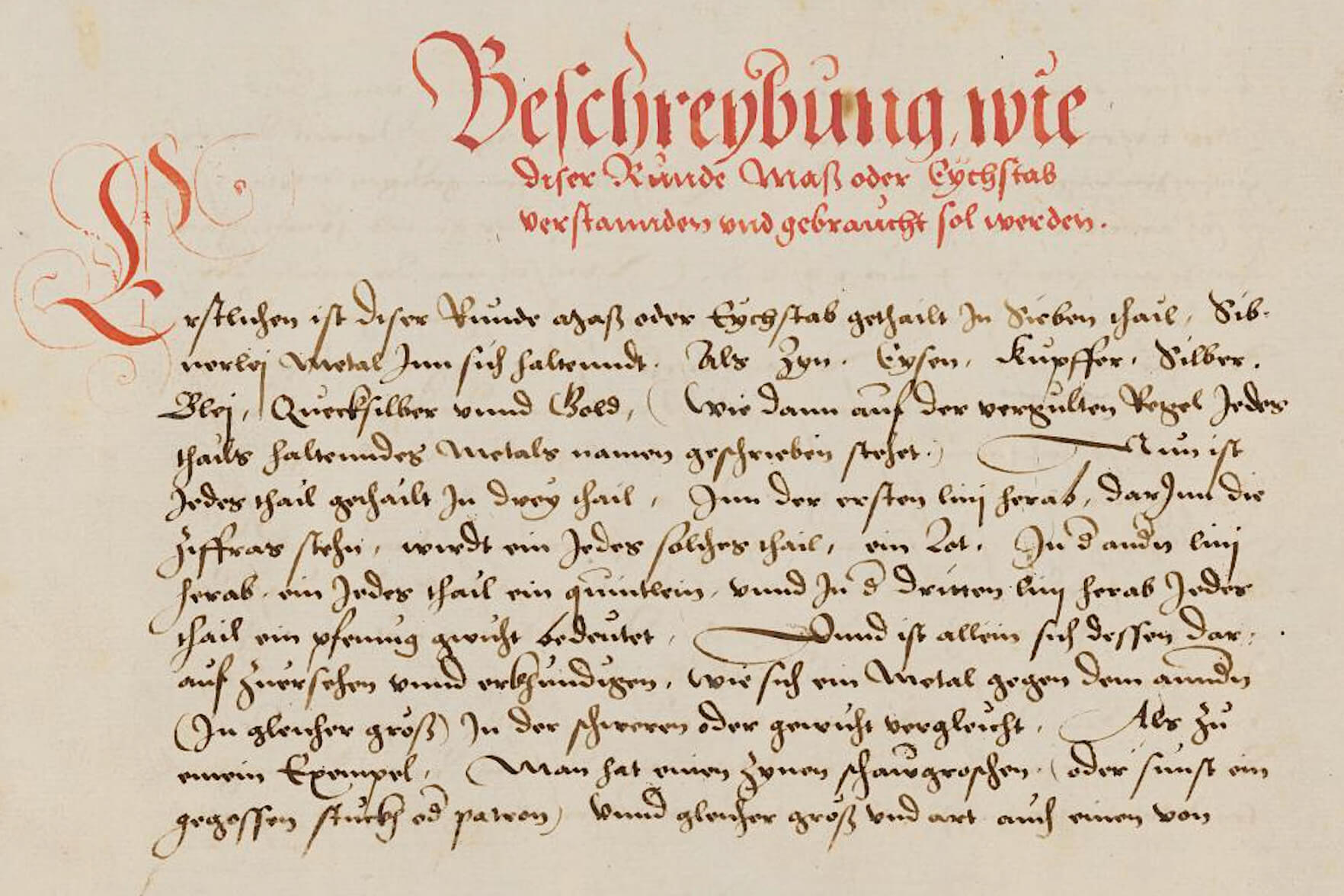
Researcher's Notes
An insight into the process of art historical research…
An insight into the process of art historical research…
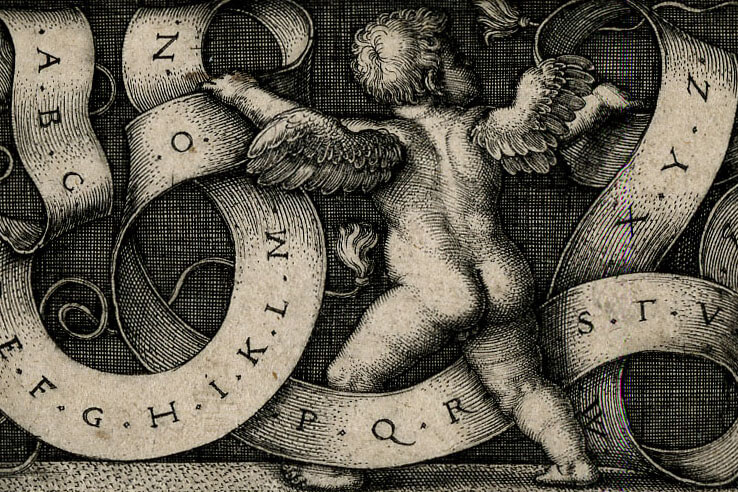
Blog
Notes on art, the history of scientific instruments and more
Notes on art, the history of scientific instruments and more
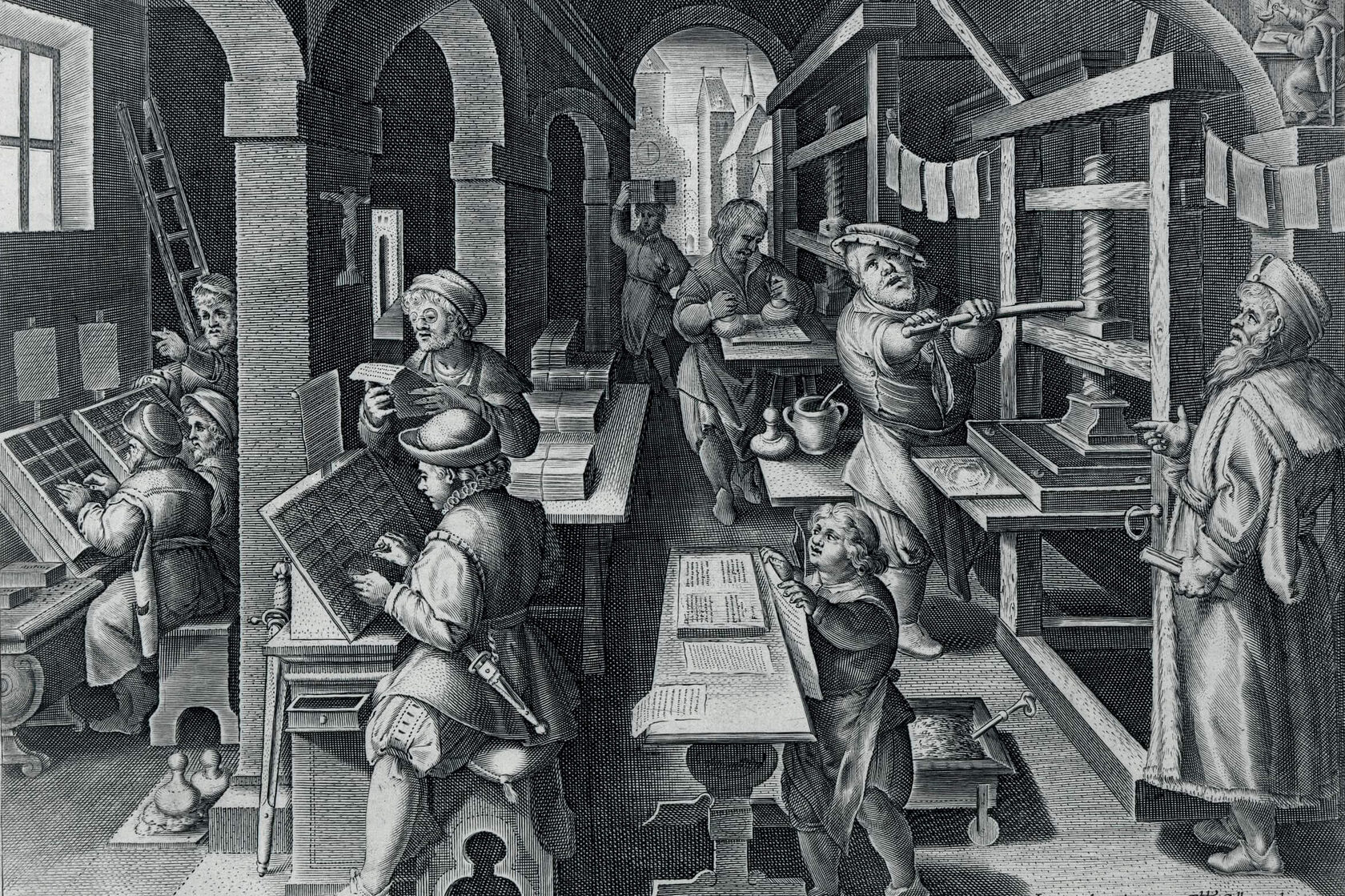
Articles
Articles published by the author in scientific journals and conference papers
Articles published by the author in scientific journals and conference papers
See the latest posts in The Blog
The page uses images: cover, pages and illustrations from the manuscript Jamnitzer, Wenzel; Neudörffer, Johann. Gründtlicher und Aigentlicher unterricht und Erklerung dises Kunstreichen runden Maß oder Eychstabs sambt dem vierfuessigen Zirckel und Zweyen kleinen Masstäblein. Durch Wentzeln Jamnitzer Bürger und Goldschmid zu Nürnberg erfunden.16. Jhd. Chart. B 564. © Forschungsbibliothek Gotha; Volvelle from the treatise Apian, Petrus. Astronomicum Caesareum. Ingolstadii, 1540. Fol. G IIIv.; artillery sighting devices images from treatises: Litzelmann W. Vortrab zu der Arckalay – Büchsenmeisterbuch.1580-1582. BSB Cgm 909 & Helm F. Buch von den probierten Künsten. Südwestdeutschland, 1535. Universitätsbibliothek Heidelberg, Cod. Pal. germ. 128; Jan van der Straet. Impressio Librorum from the Nova Reperta series. Antwerp. 1580-1605 (c.)(c.) © The Trustees of the British Museum; Sebald Beham. Genius Surrounded by a Banderole Showing the Alphabet.1542; Image of a compass from the treatise Nicolas Bion. Traité de la construction et des principaux usages des instrumens de mathématique. Paris, 1709; Crespi, Giuseppe Maria. Trompe-l'oeil. L'Aventurier François. Second half of the 18th century; Archimboldo Giuseppe. Librarian. Prague. 1562/1566 (?).
Favicon: Detail of an engraving by Jacques de Gheyn (II). Portrait of Vincent Jacobsz. Coster at the age of 38. 1591.
Favicon: Detail of an engraving by Jacques de Gheyn (II). Portrait of Vincent Jacobsz. Coster at the age of 38. 1591.



